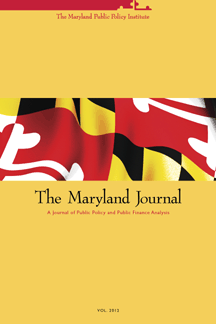How To Make Baltimore A Superstar City
The Great Evacuation of Baltimore began shortly after World War II and continued for six decades: between 1950 and 2008, its population fell from 950,000 to 637,000. Concurrently, the city population not only shrank, but also became poorer. In 1950, the median family income of Baltimoreans was seven percent above the U.S. figure; by the 2000 census, the median household income1 for city residents was 28 percent below the national median.
We all know - or think we know - why this happened. The usual narrative involves the following elements: racial bias that caused whites to flee an increasingly diverse urban population; our ecologically unfortunate preference for suburban lawns and auto travel over dense city neighborhoods and public transit (or walking); and the transition from a manufacturing- to a service-based economy that doomed America's old industrial cities to inevitable decline. In Baltimore, however, we often console ourselves with stories about the heroic political figures who staved off complete disaster of, say, Detroitian proportions, with a downtown redevelopment strategy2 that has made the Inner Harbor a tourist attraction and, in recent years, slowed population losses to a mere trickle (though not job losses: from 2002 to 2008, average annual employment in the city fell by over 30,000).
To read or download the full article or PDF, please login or become a subscriber






